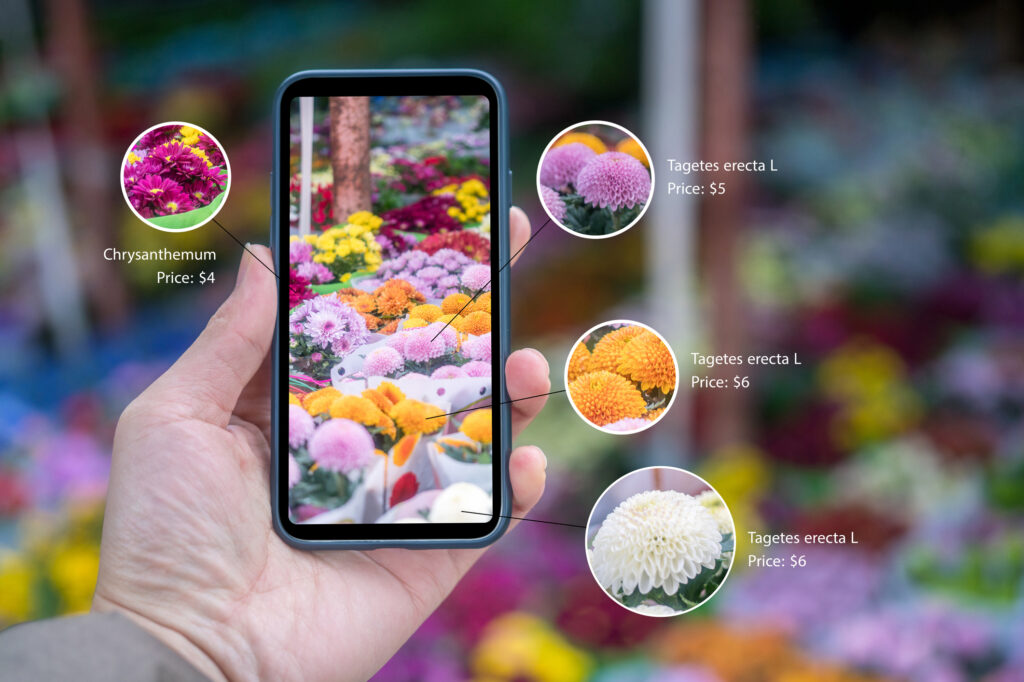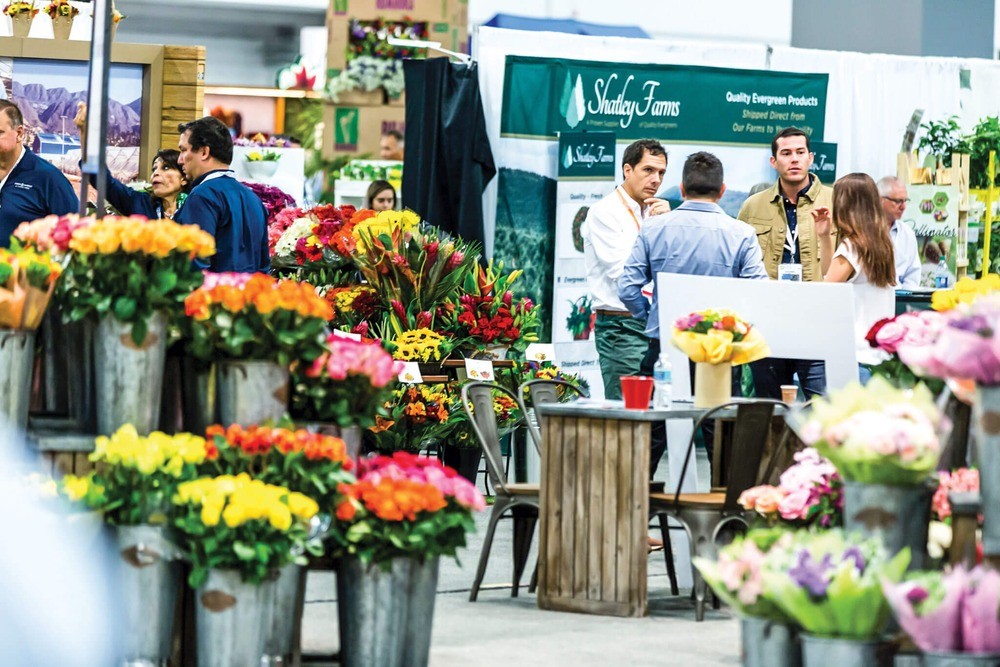Building Sales with In-Store Technology That Will Change Results!
By Cindy Hanauer
Without a real connection to the consumer, nothing else we do in retail really matters, does it? Using technology to connect with consumers outside the store, and then re-connecting with them inside the store, are both critical to the success of our industry long-term.
While 85% of all sales still happen inside a brick-and-mortar store, we cannot afford to put off the technology that brings customers there and the technology that enhances their experience while they’re there. Each day, we hear reports of the latest technologies that our non-floriculture competitors are using to quietly snatch the gifting customer right out from under us. The time to change is now. The time to fast-forward our customer interaction is now.
In this article, I’ll outline new ways for us to connect to the consumer while they’re still inside the store!
Showrooming/Webrooming
Showroom/Webroom technology is quickly emerging in the fashion industry, allowing customers to interact with/try out products before buying them. How will this shirt look on me before buying it? What other products in the store will coordinate with this shirt?
Showrooming also engages customers on both sides of the retail channel: Looking at a product in the physical store and then buying it online (showrooming) – OR looking at a product online and then buying it in the physical store (webrooming).
Have you ever looked at a product in-store and engaged a clerk to demonstrate and/or “tell you about it”, only to go home and later buy it online? If so, congratulations. You’re a “showroomer”. Have you ever looked up a product online and then went in-store to purchase it? If so, congratulations. You’re a “webroomer”.
Smart Shelves
Smart shelves, also known as “intelligent shelves”, utilize RIFD sensors that are applied to display units to gather data and sales information on key, high-volume movers. Smart shelf technology efficiently moves past the visual inventory assessment and manual re-order process that slows down a replenishment process that’s already laden with high labor costs, inaccuracies, and inefficiencies. With smart shelf technology, the replenishment timing works lockstep with customer demand.
Smart shelves are also used to educate corporate buyers on customer preferences, store layout and display strategies by transmitting specific customer interactions with the products themselves.
Beacons
If you’ve ever used your iPhone’s GPS system, you’ve already used beacon technology. Beacon technology simply ‘maps’ where you are, to where you want to go. Retailers use in-store beacon technology to understand where their customers are standing within the store to offer them specific discounts and/or information applicable to the department in which the customer is standing. It’s immediate and it’s live time.
Beacon technology is also used to provide information relevant to where a customer is standing. Imagine this as an example: A customer picks up a bunch of flowers, and beacon technology can:
1) Suggest a correlating vase
2) Guide them to the vase display
3) Offer care and handling information, or
4) Offer a way to send that bouquet anywhere in the world.
Digital Price Tags
Digital price tags use RFID technology to manage retail pricing, shelf tags, signage and check lane scanners in live time. All four pricing actions are managed from one location, with one entry managing all four components of the pricing touchpoints.
The most compelling use of digital price tags are in the management of highly perishable items that need an immediate discount to avoid spoilage and/or throw-aways.
Additionally, digital price tags are being used to integrate with a customer’s e-shopping list to help them find items more quickly, or to transmit nutritional information to a customer with diet-specific needs.
Self-Checkout
Un-manned checkouts have been in the news lately, with technology available to track the customer in-store, add items to their virtual shopping cart and transfer the purchases to an online app that processes the payment as the customer leaves the store. With this technology, it’s important to differentiate employees who should engage with customers to upsell them versus a transaction-only employee. Self-checkout works best in convenience stores, self-service shops, and front-end check lanes.
New in-store technologies may sound intimidating, but it’s clear that customers also want brink-and-mortar stores. The most successful in-store technology integration simply “takes the chore out” of what would otherwise be a pleasant experience. It’s not science fiction. In-store retail technology is here to stay.
81% of all shopper’s report using a smart phone as an extension of their bodies and as their main purchasing method. Do we really need another reason to move toward these new retail technologies? Slow adopters and fast followers never win the game.



